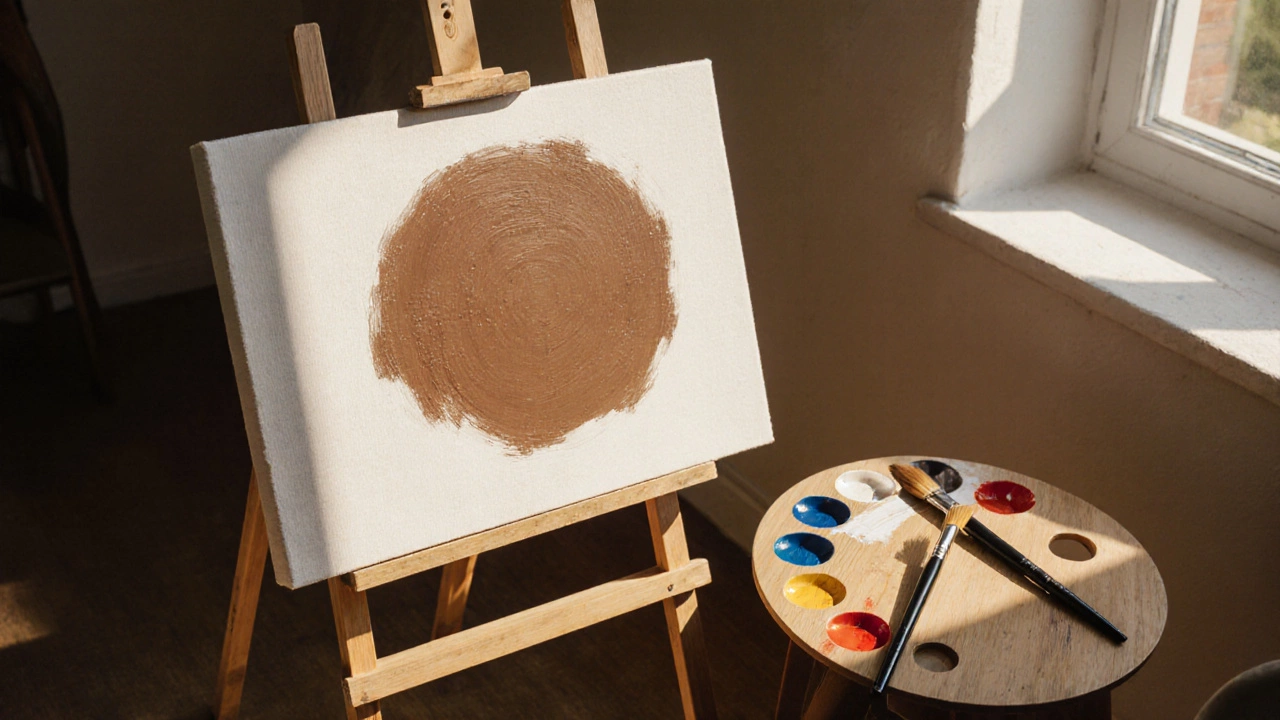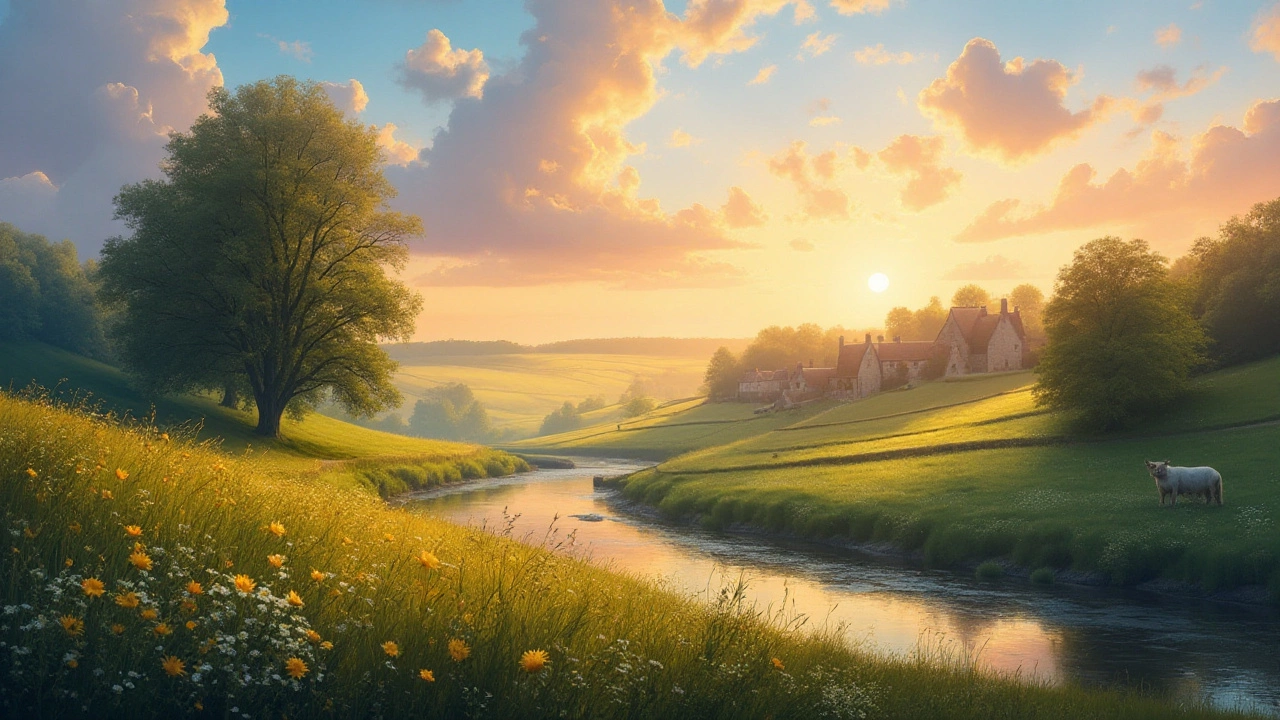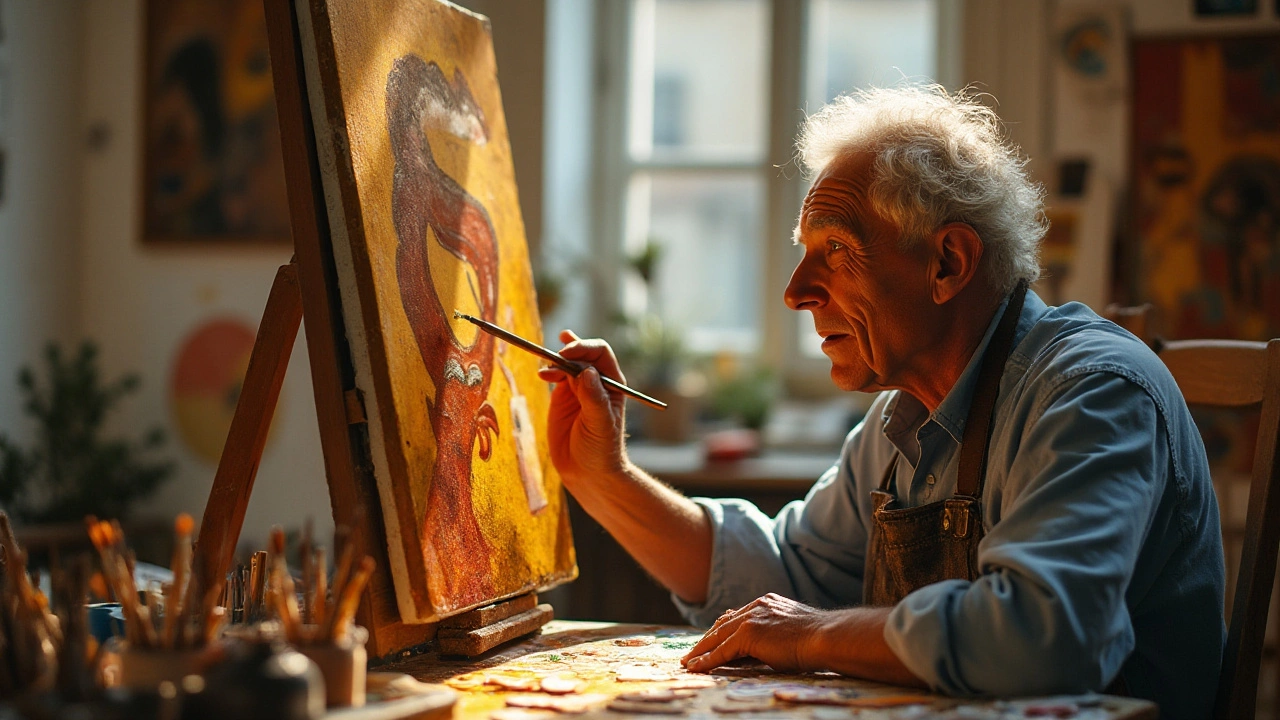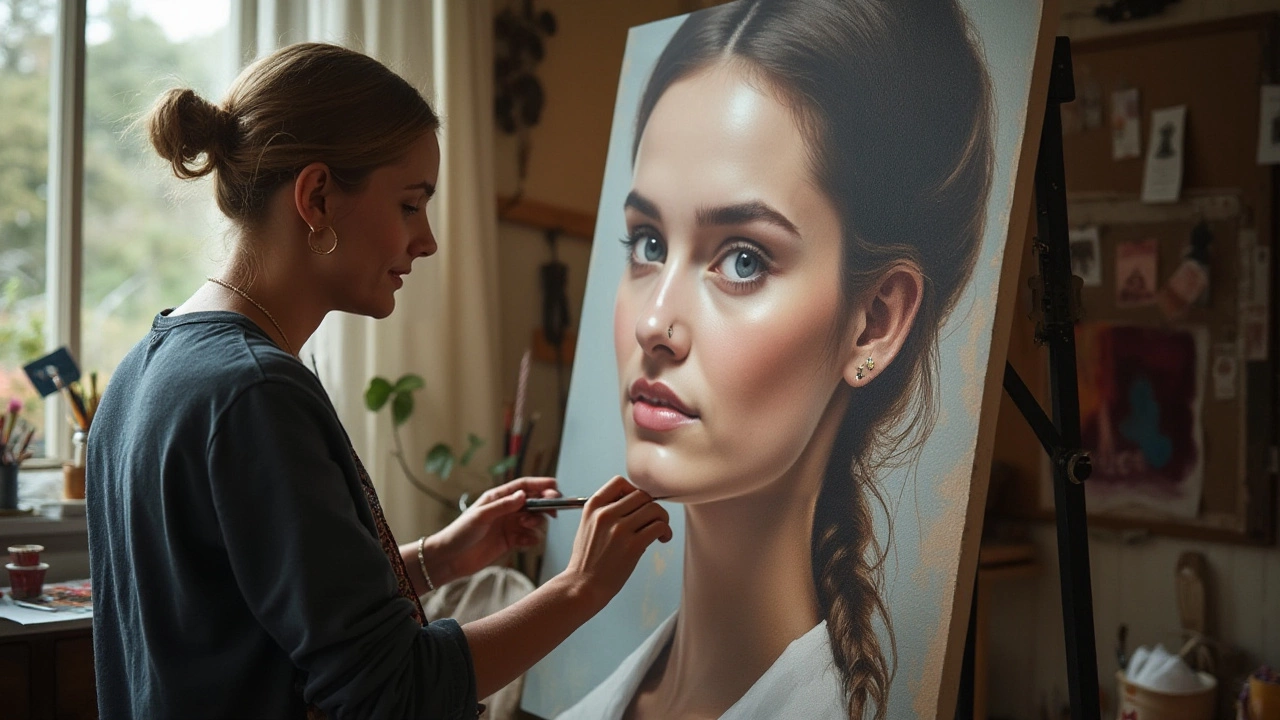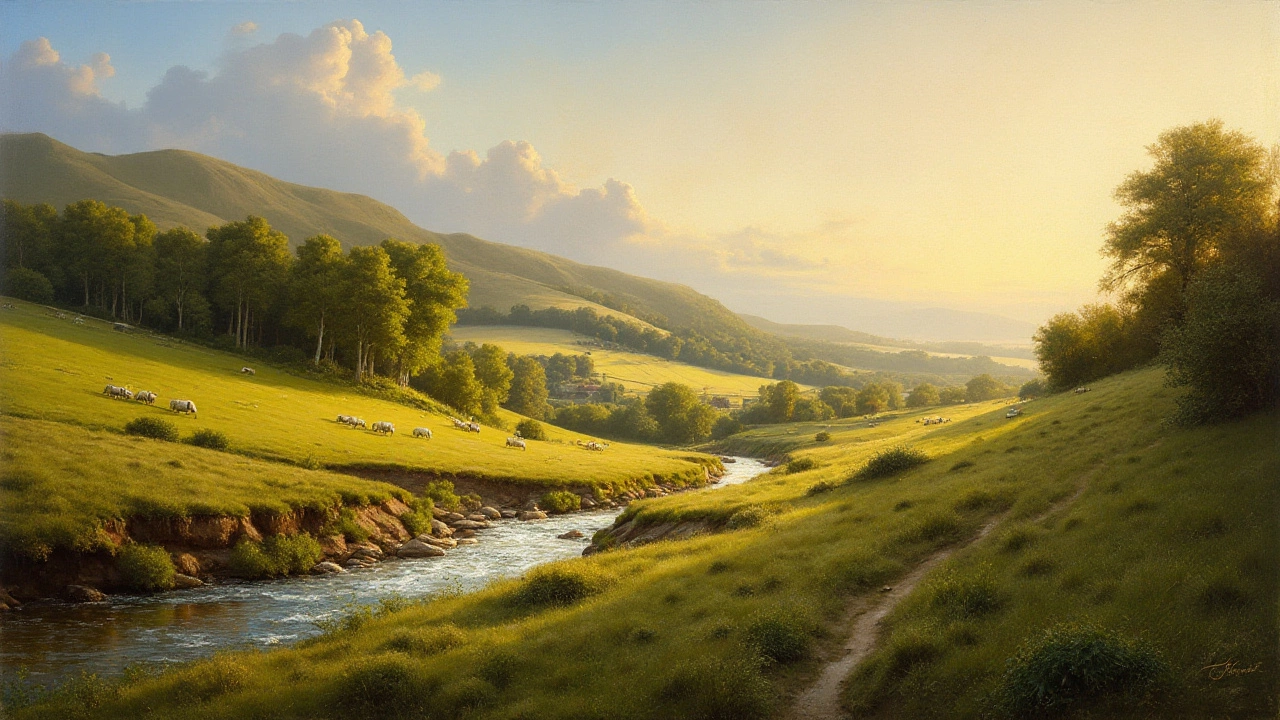Painting Techniques: Easy Tips for Better Art
If you’re tired of flat, dull paintings, the right technique can change everything. Below are seven everyday methods you can try right now, no fancy gear required.
Brushwork Basics
Start with the brush you already have. A round tip works great for detailed lines, while a flat brush covers large areas fast. Try a simple pressure trick: press hard for thick strokes, lift the brush for thin lines. Practice on a scrap piece, moving the brush in a single, smooth motion. You’ll notice the paint behaves more naturally and your lines look confident.
Layering Tricks: Glazing, Scumbling & Impasto
Glazing means applying a thin, transparent layer over a dry color. Mix a little water or medium with your paint, then brush it lightly. The result is a glowing depth that’s hard to fake with a single coat.
Scumbling is the opposite – you lay a thin, dry brush of lighter paint over a darker base. It creates texture and a subtle, hazy look. Use a dry brush, pull it across the surface, and let the underlying color peek through.
Impasto adds actual height to your paint. Load a palette knife or a stiff brush with paint, then push it onto the canvas. The thick bumps catch light and give your piece a 3‑D feel. It’s perfect for highlighting, like a bright spot on a sun or a rough bark texture.
Mix and match these layers. For example, glaze a sky after you’ve done a wet‑on‑wet wash to make clouds pop, then scumble the horizon for a misty effect.
Another quick win is wet‑on‑wet. Keep the canvas damp and blend colors directly on it. This technique works best for soft backgrounds, like sunsets or abstract moods. Just don’t let the paint dry too early, or you’ll lose the smooth transition.
For crisp edges, try the dry brush method. Dry the brush first, then lightly drag it over a dry surface. You’ll get a grainy, stippled look that’s great for texture on rocks or foliage.
If you have a palette knife, use it for knife painting. Scrape thick paint onto the canvas, creating sharp, angular shapes. It’s a fast way to add dramatic contrast without precise brushwork.
Don’t forget about underpainting. Lay down a thin monochrome sketch in a neutral tone like burnt sienna. This gives you a value map to follow, making color choices easier later on.
Finally, keep cleaning your brushes. A clean brush delivers consistent strokes, while a dirty one can muddy colors. Rinse with water for acrylics, or with mineral spirits for oils, then reshape the bristles before they dry.
These seven techniques are a solid toolbox for any painter. Pick one, practice it on a small canvas, and watch your work improve. Soon you’ll mix and combine them without thinking, and every new piece will feel more intentional and lively.
